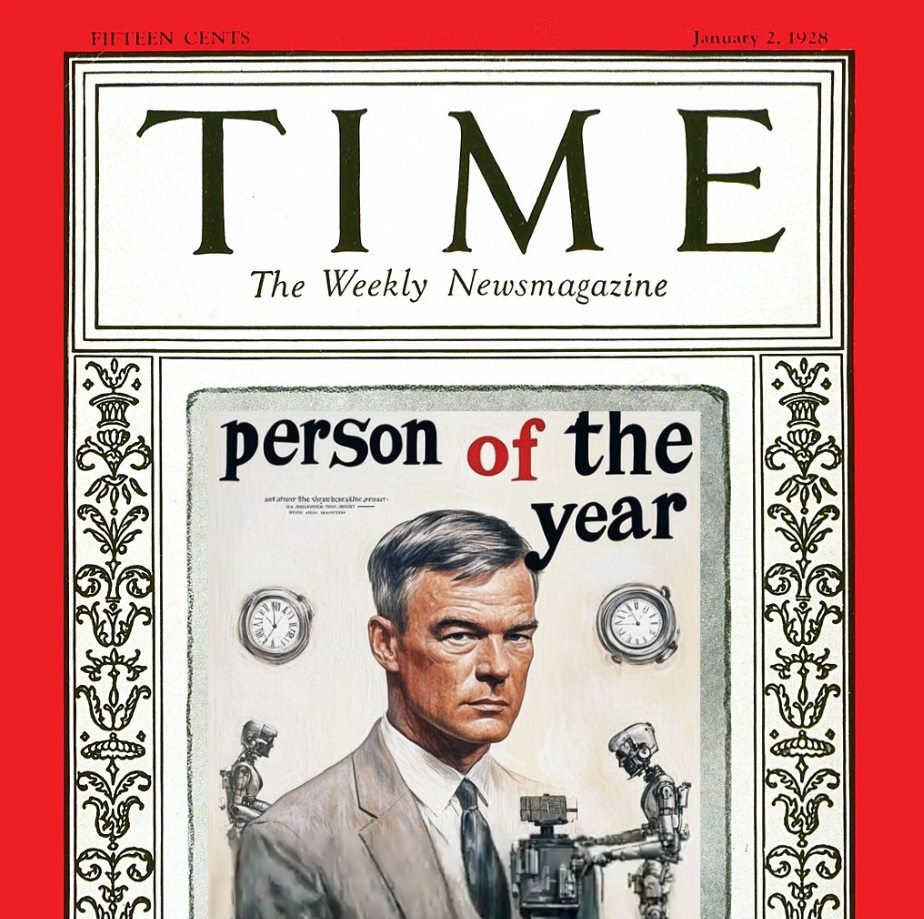The AI chatbot for Person of the Year is an interesting move from TIME. It supports my current theory that generative AI has prompted a war for intimacy. And by that, I mean not just low-level attention, but emotional connection—the kind of interaction that feels less like information delivery and more like a relationship.
Enhancing Emotional Connection
By letting readers “chat” with decades of Person of the Year content, TIME isn’t just making archives easier to navigate—they’re making their brand feel more human. It’s less about showcasing AI capability and more about creating presence. They’re saying, “Our voice still matters. And now, you can talk to it.”
Reimagining Journalism
This isn't about journalism being replaced—it's about journalism being re-embodied. The archive, once static and dusty, becomes a living dialogue. It shifts the reader’s role from passive consumer to active participant. That’s emotional UX, not just technical UX.
A Strategic Defensive Play
But make no mistake—this is also a defensive play. If OpenAI or Google’s AI starts answering questions like “Who was Person of the Year in 1995?”, TIME loses not just traffic, but authority. By building their own chatbot, they’re anchoring the narrative to their own editorial voice, not letting it be diluted by LLM guesswork.
Content Strategy as Identity Control
This is content strategy as identity control. It’s how legacy brands stay relevant: not by shouting louder, but by speaking directly.
And yes—in the age of AI, being searchable is a baseline requirement. Being talkable? That’s the new premium.










